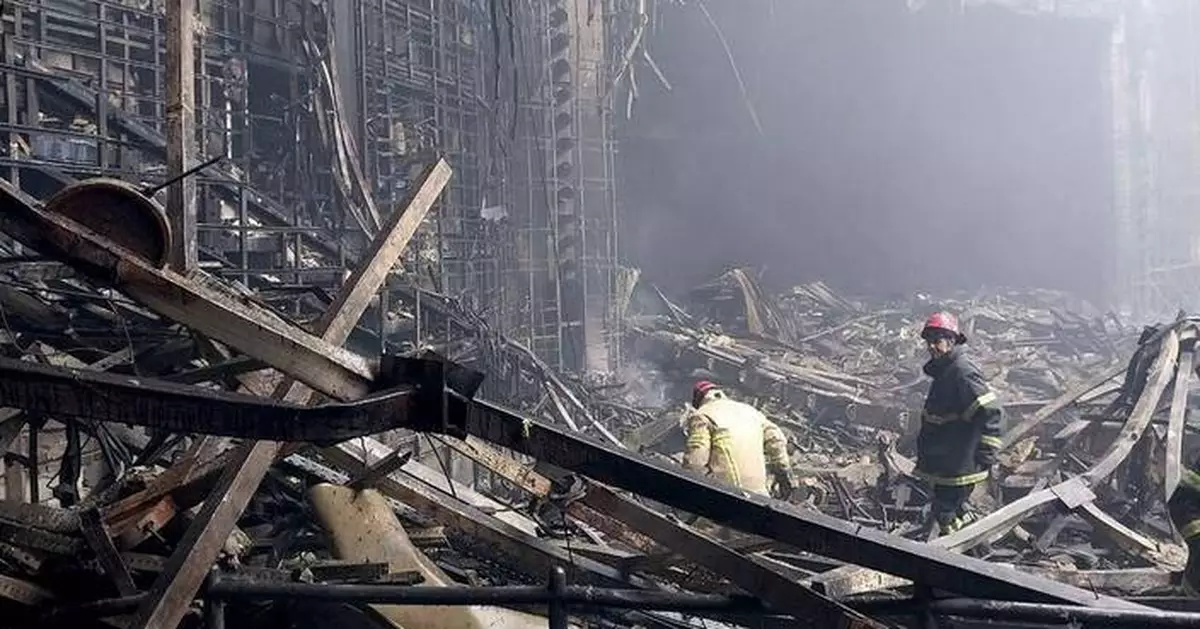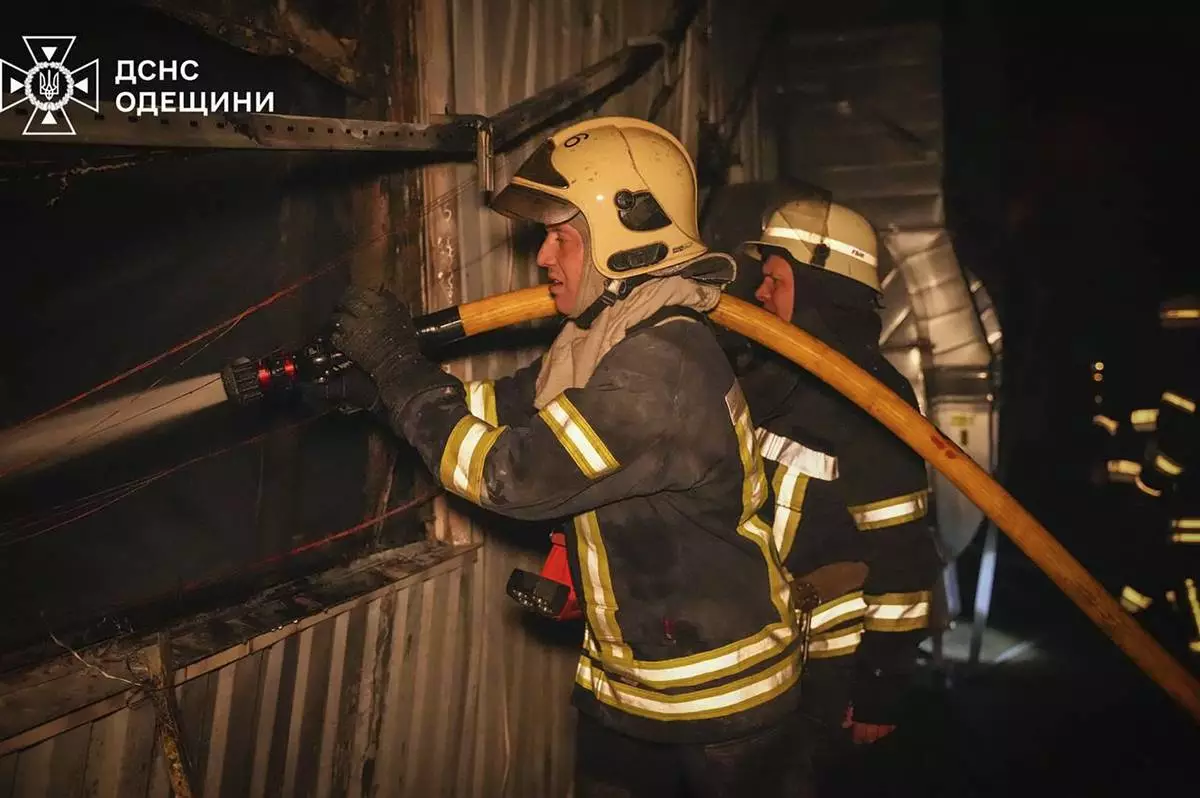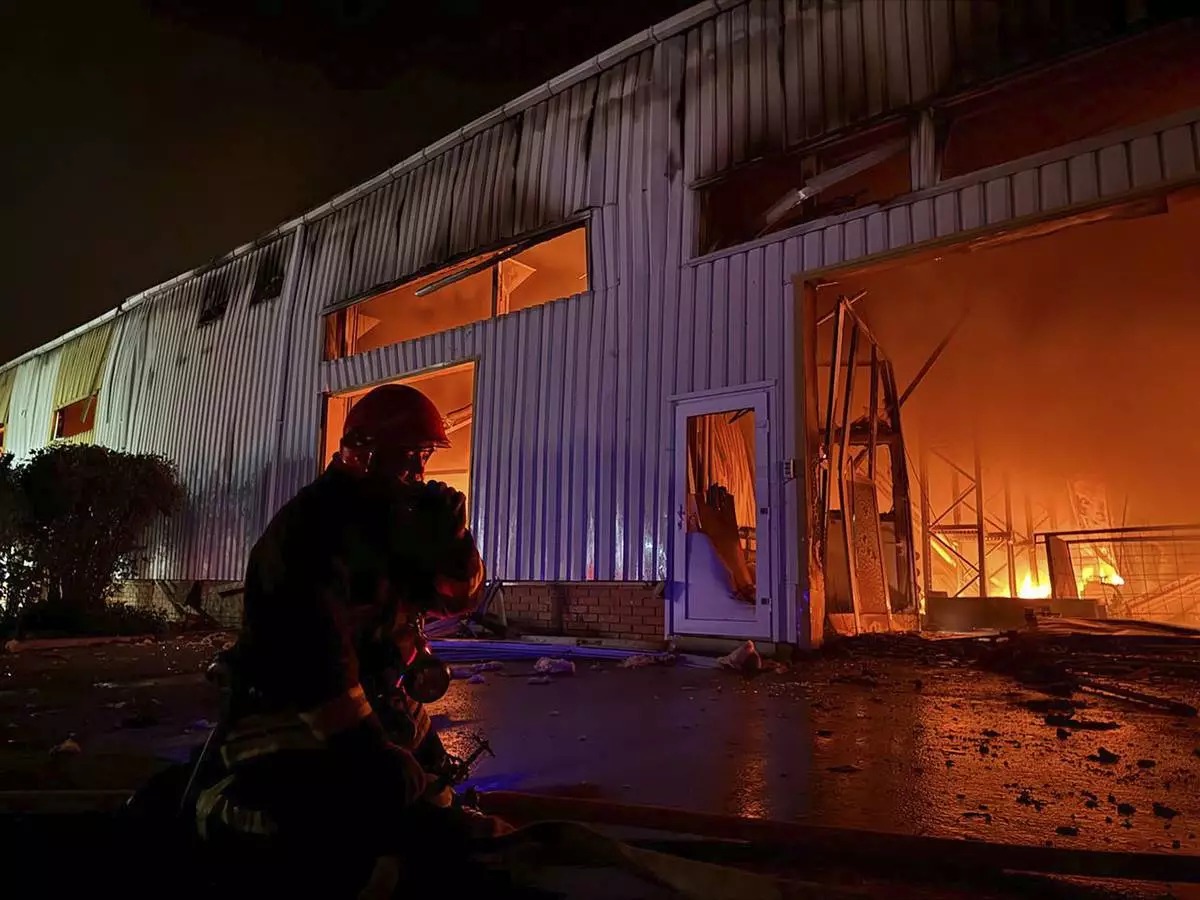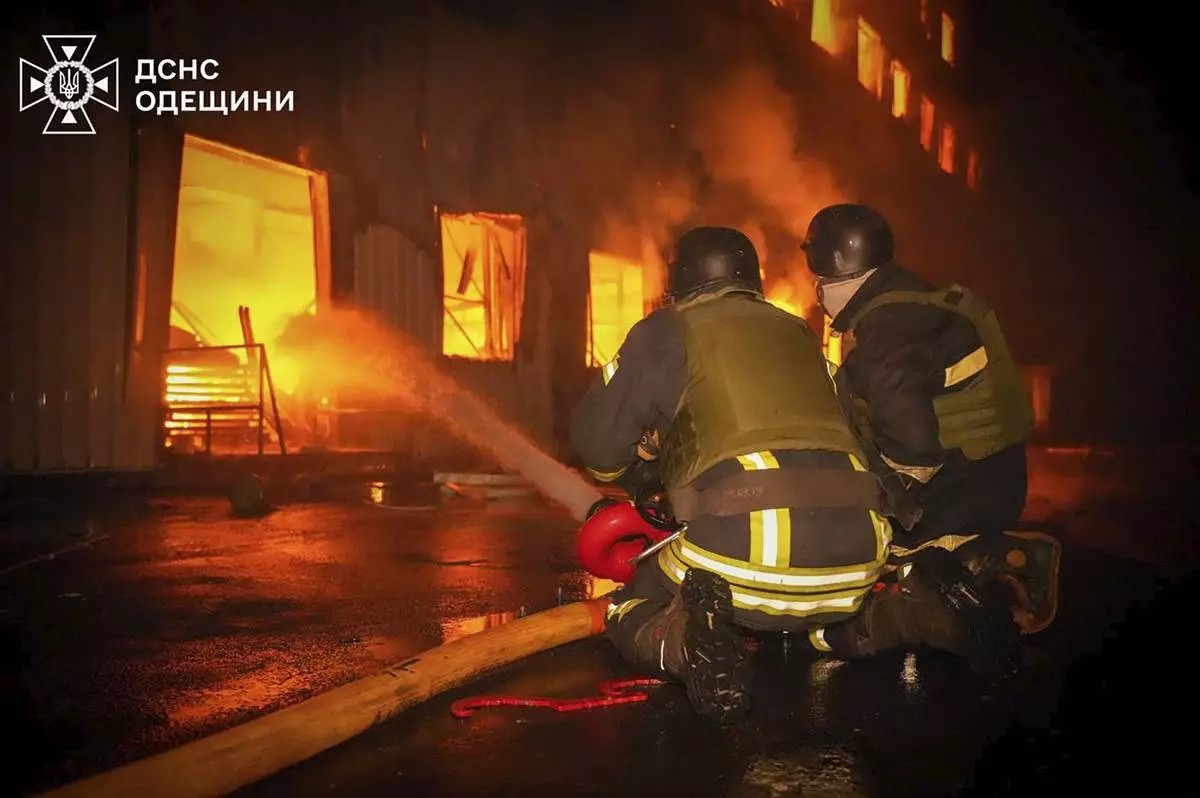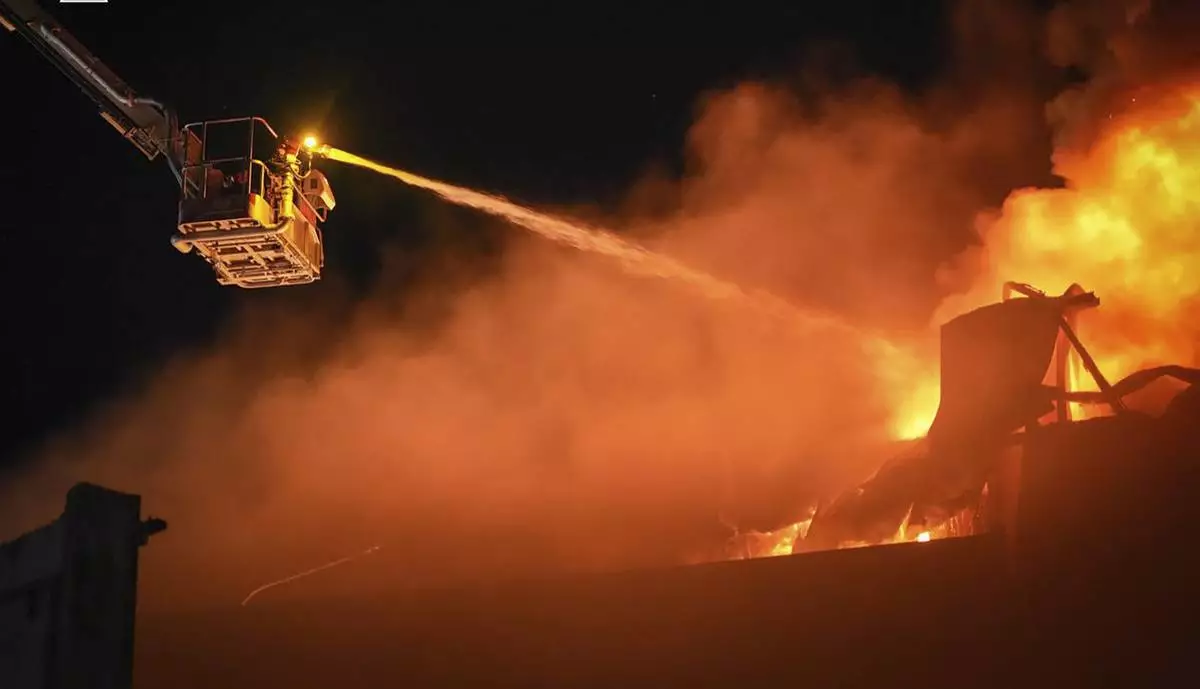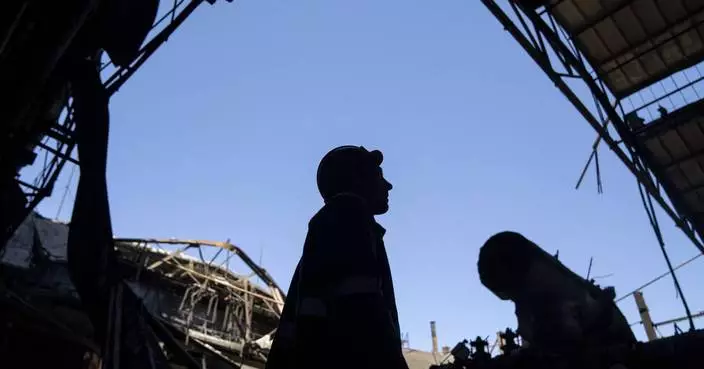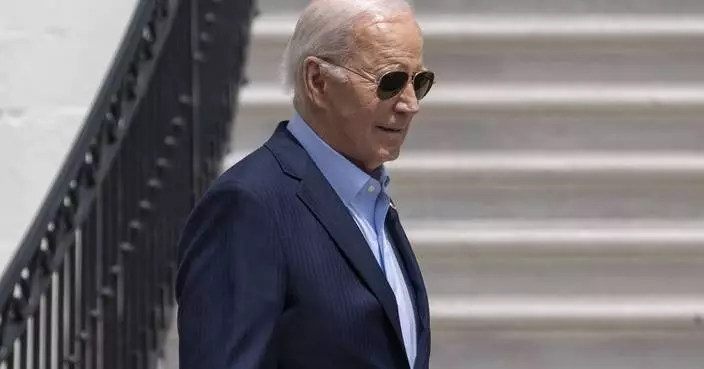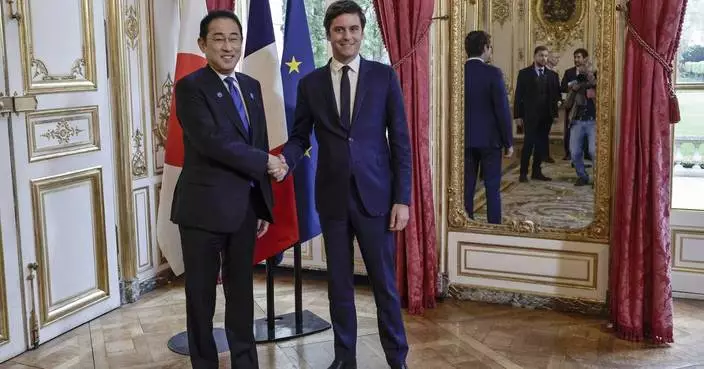WASHINGTON (AP) — The U.S. warning to Russia couldn't have been plainer: Two weeks before the deadliest attack in Russia in years, Americans had publicly and privately advised President Vladimir Putin's government that “extremists” had “imminent plans” for just such slaughter.
The United States shared those advance intelligence indications under a tenet of the U.S. intelligence community called the “duty to warn," which obliges U.S. intelligence officials to lean toward sharing knowledge of a dire threat if conditions allow. That holds whether the targets are allies, adversaries or somewhere in between.
There's little sign Russia acted to try to head off Friday's attack at a concert hall on Moscow's edge, which killed more than 130 people. The Islamic State's affiliate in Afghanistan claimed responsibility, and the U.S. said it has information backing up the extremist group's claim.
John Kirby, the Biden administration's national security spokesman, made clear that the warning shouldn't be seen as a breakthrough in U.S.-Russian relations or intelligence-sharing. “Yeah, look, there's not going to be security assistance with Russia and the United States,” Kirby told reporters Monday.
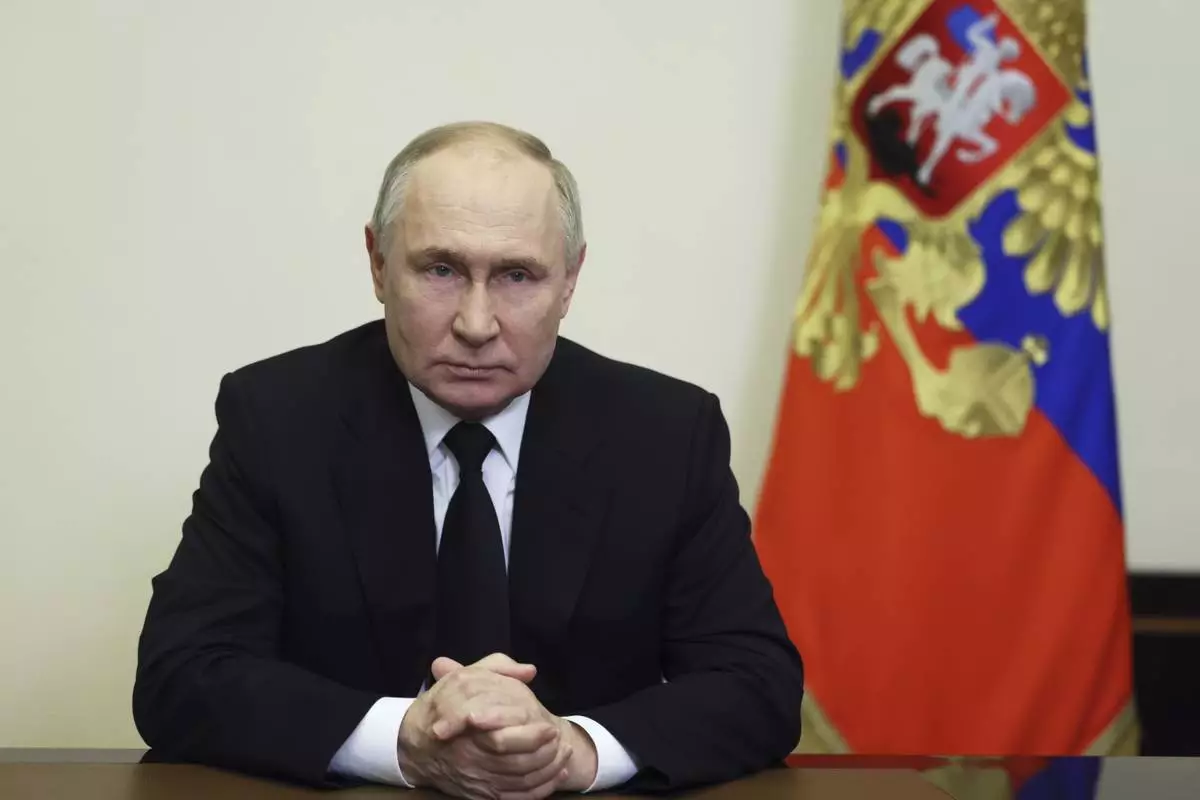
Russian President Vladimir Putin addressees the nation in Moscow, Russia, March 23, 2024. A little-known U.S. intelligence principle called the "duty to warn" came into play ahead of the deadly attack on Moscow's outskirts. U.S. officials invoked that duty when warning Russian officials a full two weeks before the attack on Friday, March 22. Just three days before the attack, Putin dismissed such Western warnings as provocations. (Mikhail Metzel, Sputnik, Kremlin Pool Photo via AP)
“We had a duty to warn them of information that we had, clearly that they didn't have. We did that," Kirby said.
Such warnings aren't always heeded — the United States has dropped the ball in the past on at least one Russian warning of extremist threats in the United States.
Here's a look at the duty to warn, how it came about, and how it can play out when American intelligence officers learn militants are poised to strike.
On March 7, the U.S. government went public with a remarkably precise warning: The U.S. Embassy in Moscow was monitoring unspecified reports that “extremists have imminent plans to target large gatherings in Moscow, to include concerts.” It warned U.S. citizens in Moscow to avoid big events over the next 48 hours.
U.S. officials said after the attack that they had shared the warning with Russian officials as well, under the duty to warn, but gave no details how.
Putin's public reaction was dismissive. Three days before the attack, he condemned what he called “provocative statements” from the West about possible attacks within Russia. Such warnings were aimed at intimidating Russians and destabilizing the country, he said.

In this photo released by Russian Emergency Ministry Press Service on March 23, 2024, firefighters work in the burned concert hall after an attack on the building of the Crocus City Hall on the western edge of Moscow, Russia. A little-known U.S. intelligence principle called the "duty to warn" came into play ahead of the deadly attack on Moscow's outskirts. U.S. officials invoked that duty when warning Russian officials a full two weeks before Friday's attack. Just three days before the attack, Russian President Vladimir Putin dismissed such Western warnings as provocations. (Russian Emergency Ministry Press Service via AP)
The U.S. emphasis on sharing threat warnings increased after al-Qaeda's Aug. 7, 1998, attacks on the U.S. embassies in Kenya and Tanzania. While dozens of U.S. citizens and government employees of different nationalities were killed, Kenyans made up the majority of the victims.
In 2015, then national intelligence director James Clapper formalized duty to warn in an official directive: The U.S. intelligence community bore “a responsibility to warn U.S. and non-U.S. persons of impending threats of intentional killing, serious bodily injury or kidnapping."
The order also spelled out occasions when intelligence officials could waive the duty to warn and stay silent despite looming danger. That includes when the target is an assassin or other extreme bad guy, or when disclosing the warning could “unduly endanger” U.S. personnel or their sources, those of intelligence partners among foreign governments, or their intelligence or defense operations.
The intelligence community under former President Donald Trump faced accusations it had failed to warn U.S.-based journalist Jamal Khashoggi of a complex plot by Saudi officials that ended with his 2018 killing inside the Saudi consulate in Istanbul. Media foundations say U.S. intelligence agencies did not respond to requests for any records showing whether they knew of the plot in advance.
Under the Biden administration, the sharing of threats to other governments has flourished, although there's no way to know of any threats that the U.S. intelligence community may have decided to let play out, without warning the targets.
Strategic U.S. dissemination of intelligence hit a high point in the months before Russia's February 2022 invasion of Ukraine. That's when the U.S. opted to declassify key intelligence on Russia's invasion plans to rally allies and Ukraine, and — unsuccessfully — to pressure Russia to call off its troops.
In a Foreign Affairs article this spring, CIA Director William Burns spoke of a growing awareness of the value of “intelligence diplomacy" — the strategic use of intelligence findings to bolster allies and confound adversaries.
The duty to warn doesn't mean the other side has a duty to listen. That's especially so when the other side is an adversary.
In January, a U.S. official said, Americans had given a similar warning to Iranian officials ahead of bombings in the Iranian city of Kerman. The Islamic State claimed responsibility for that attack, twin suicide bombings that killed 95 people.
It's not clear if the warning led to any additional security precautions at the event, a commemoration of the 2020 killing of an Iranian general by a U.S. drone strike.
In 2004, another adversary, the government of Venezuelan President Hugo Chávez, an anti-U.S. populist, was “suspicious and incredulous” when U.S. officials relayed a warning of an extremist plot to kill him, Stephen McFarland, a former U.S. diplomat in Central and South America, said Monday on X.
That kind of deep distrust has often kept threat warnings from landing as intended when it comes to Russia and the United States. That's true even with common dangers that both face, including the Islamic State and al-Qaida.
Historically, Russians can regard any U.S. attempt at counterintelligence cooperation against that kind of shared threat as naive, and look for any openings to use it for political gain or to undermine U.S. intelligence-gathering, Steven Hall, a longtime U.S. intelligence official in the former Soviet Union, wrote after his retirement in 2015.
In 2013, it was U.S. officials who, tragically, failed adequately to follow up on a Russian warning, a U.S. government review concluded later.
Concerned the man posed a threat to Russia as well, Russia's Federal Security Service in 2011 warned U.S. officials that a U.S. resident, Tamerlan Tsarnaev, was an adherent of extremist groups. After U.S. officials concluded Tsarnaev was not a threat in the U.S., he and his younger brother planted bombs along the route of the Boston Marathon, killing three people and injuring hundreds.
AP Diplomatic Writer Matthew Lee contributed to this report.


